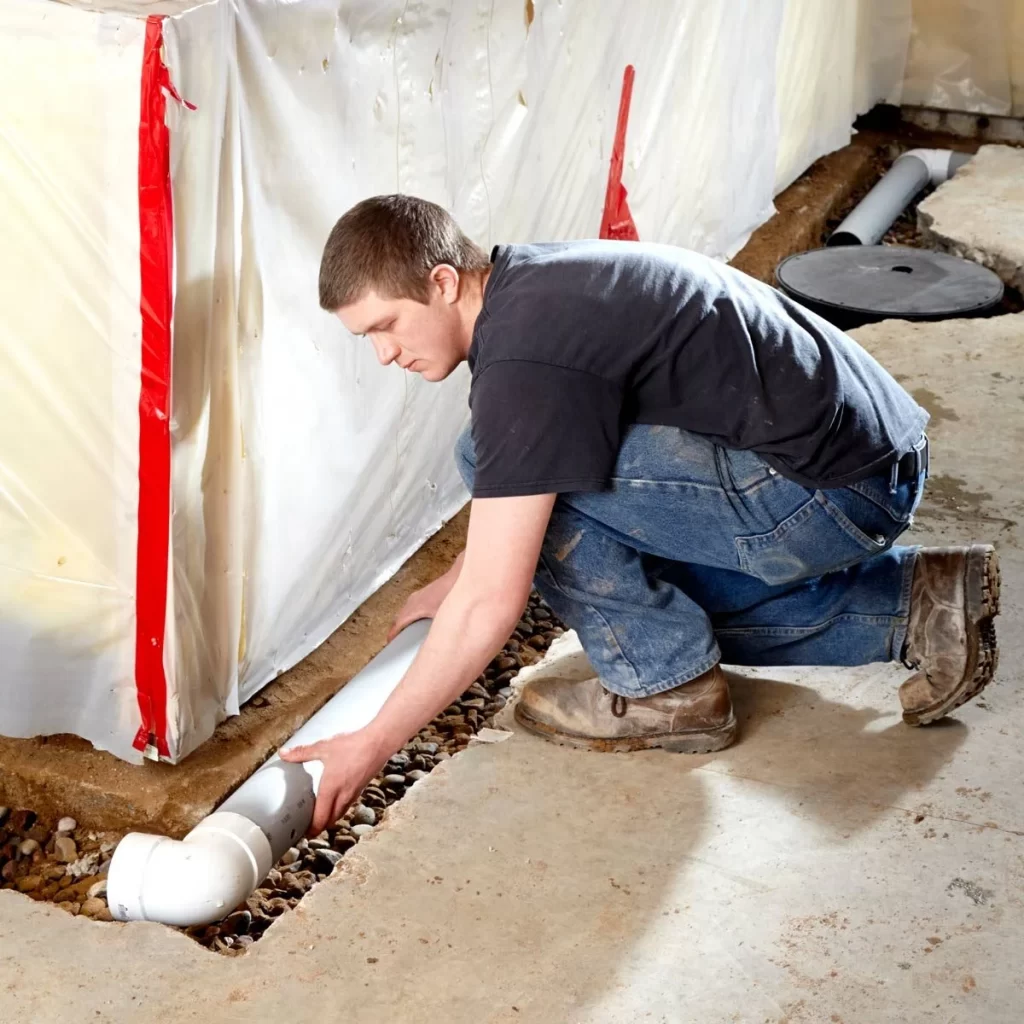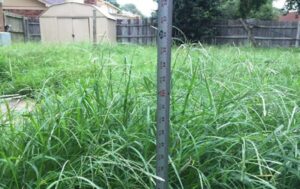
Water intrusion through concrete floors can be a persistent and frustrating issue for many homeowners and property managers. Whether it’s a basement, garage, or commercial space, water seepage not only damages the structure but can also lead to mold growth and health hazards. Understanding the causes and implementing effective solutions is crucial in preventing further damage and maintaining a dry environment.
Understanding the Causes of Water Penetration Through Concrete Floors
Water penetration through concrete floors can stem from various sources, each requiring specific mitigation techniques. Groundwater seepage, surface water runoff, and hydrostatic pressure are among the common culprits contributing to this problem. Groundwater seepage occurs when water from the surrounding soil permeates through the concrete due to poor drainage or high water tables. Surface water runoff, on the other hand, occurs during heavy rainfall or melting snow, where water finds its way through cracks or gaps in the concrete surface. Hydrostatic pressure, often a result of poor drainage systems or improper grading, exerts force on the foundation, forcing water through even the smallest openings.
Structural issues such as cracks, gaps, and deteriorating waterproofing materials exacerbate water seepage problems. Cracks in the concrete floor, whether due to settlement, shrinkage, or external factors, provide easy pathways for water infiltration. Poorly designed or malfunctioning drainage systems fail to redirect water away from the structure, leading to increased hydrostatic pressure. Additionally, over time, waterproofing materials applied to concrete surfaces can degrade, losing their effectiveness and allowing water to penetrate.
Preparing the Concrete Surface for Waterproofing
Before applying any waterproofing solutions, it’s crucial to prepare the concrete surface properly. This involves thorough inspection, cleaning, and repair to ensure the effectiveness of the waterproofing system. Begin by assessing the condition of the concrete floor, identifying any existing damage such as cracks, spalling, or efflorescence. Addressing these issues promptly prevents them from worsening and compromising the integrity of the waterproofing treatment.
Once any structural defects are repaired, the concrete surface must be thoroughly cleaned to remove debris, dirt, oil, and other contaminants. This can be achieved through pressure washing, scrubbing, or chemical cleaning methods, depending on the extent of contamination. Proper cleaning ensures optimal adhesion of the waterproofing material and prevents any interference with its performance.
Choosing the Right Waterproofing Method
Selecting the appropriate waterproofing method is essential in achieving long-lasting protection against water intrusion. Several options are available, including sealants, coatings, membranes, and integral waterproofing additives. Sealants and coatings are applied directly to the concrete surface, forming a protective barrier against water penetration. Membranes and vapor barriers, on the other hand, are installed beneath the concrete or as overlays, providing an additional layer of protection against moisture. Integral waterproofing additives are mixed directly into the concrete mix, enhancing its resistance to water ingress from within.
Proper Application of Waterproofing Solutions
Once the concrete surface is adequately prepared, the waterproofing solution must be applied correctly to ensure its effectiveness. Various application techniques and tools can be employed, depending on the type of waterproofing material being used. Brush or roller application is suitable for sealants and coatings, allowing for precise coverage and smooth finish. Spraying techniques are preferred for larger surface areas or when applying membranes and vapor barriers, ensuring uniform application and proper adhesion.
Regardless of the application method, it’s essential to follow manufacturer guidelines and recommendations for optimal results. Adequate coverage and adhesion are crucial in preventing water penetration, so multiple coats may be necessary, along with proper drying and curing time between applications. Quality control measures such as regular inspections and testing help identify any defects or deficiencies in the waterproofing system, allowing for timely corrections and maintenance.
In conclusion, addressing water penetration through concrete floors requires a comprehensive approach that includes identifying the underlying causes, preparing the surface properly, choosing the right waterproofing method, and applying it correctly. By taking proactive measures and investing in effective solutions, property owners can mitigate the risks associated with water intrusion and ensure a dry and safe environment for occupants.






